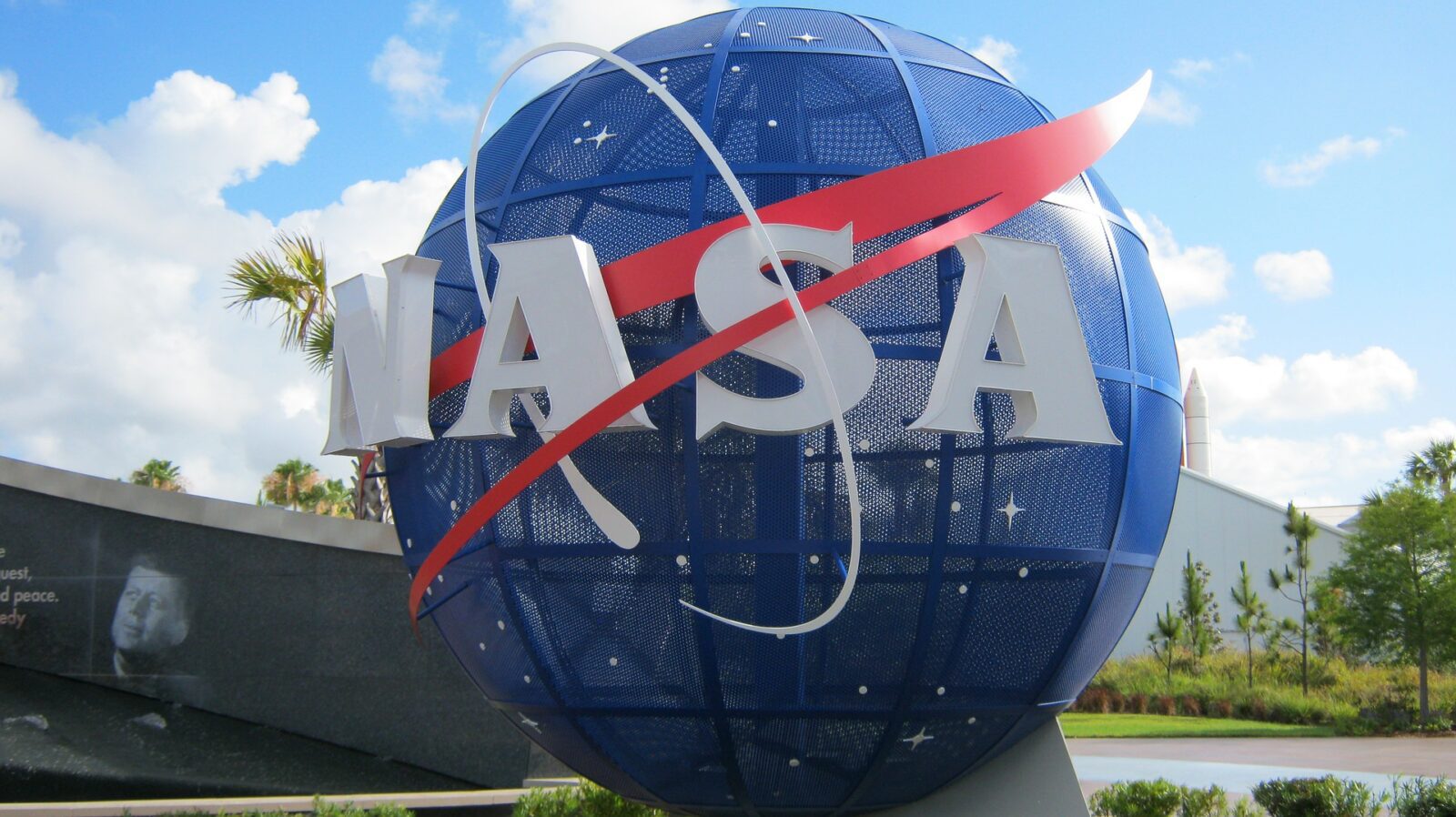The Institute for Advanced Concepts at NASA is well-known for its promotion of far-fetched theories and proposals in the domains of astronomy and space exploration. The institution has been supporting a broad range of initiatives since its re-founding in 2011. Just three projects have advanced to Phase III financing at this point. One of them has lately published a white paper outlining a project to acquire a telescope that, using the gravitational lens of our Sun, would be capable of successfully detecting biosignatures on neighboring exoplanets.
JPL received the US$2 million in Phase III funding because Slava Turyshev, a scientist employed at JPL, was the PI throughout the project’s first two stages. This new white paper, written in collaboration with The Aerospace company, provides a more thorough description of a mission concept and separates those technologies that are fully developed from those that still require work.
The planned expedition would send out multiple little cube-sats, which would self-assemble throughout the 25-year voyage out to the solar gravitational lens (SGL) point, rather than one massive vessel, which would take a very long time to go there. This “point” is really a line extending from the exoplanet’s host star to a distance of 550–1000 astronomical units (AU) from the Sun. That’s a huge jump from the 156 AU that Voyager 1 has covered in its 44 years of travel. The question then becomes how a spaceship can go three times as far in roughly half the time. The answer is easy: it will (nearly) plunge into the Sun.
The use of the Sun’s gravitational pull is a proven and tested technique. The Parker Solar Probe, the fastest man-made object ever, using this method. However, the estimated pace at which this expedition would have to move, 25 AU per year, is not simple. Additionally, a fleet of ships, as opposed to a single one, would face much greater difficulties. The first issue would be physical; solar sails, the mission’s primary means of propulsion, don’t fare well in the intense sun radiation needed for a gravitational slingshot.
The system’s electronics would also need to be substantially more radiation resistant than is possible with present technology. Both of these issues are well-known, but researchers are hard at work on possible remedies. How to organize the passage of several satellites through this kind of gut-wrenching gravity motion while yet allowing them to organize teaming forces to effectively create a fully working spaceship seems like another apparent difficulty. The paper’s authors, however, argue that the 25-year trip out to the observing point is more than enough time to actively reassemble the many Cubesats into a coherent whole.
The end outcome of such an integrated effort may be the best picture of an exoplanet that mankind can hope to get short of an actual interstellar expedition. Since more than 50 exoplanets in the habitable regions of their stars have been discovered so far, the question of which would be the best contender if the mission were to proceed is a matter of intense dispute. However, there is currently no assurance of such.
No money has been allocated to the project, and there are no signs that this will change in the foreseeable future. In addition, there is more research and development work to be done before such a trip may be possible. However, it is how operations like this usually begin, and its potential effect is greater than usual. The best chance we have of getting a clear picture of a possibly habitable exoplanet in an even intermediate future is in the next several decades. We owe a debt of gratitude to the scientific team that laid the framework for this possibility.













Leave a Reply